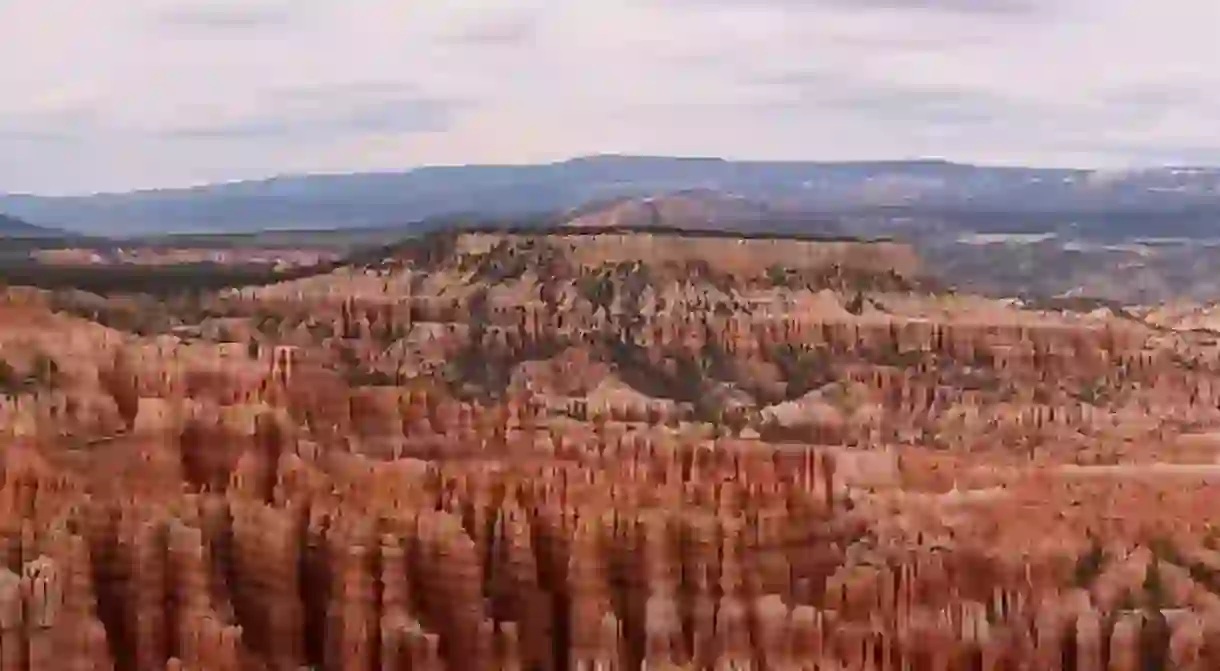Hiking Through Utah's Bryce Canyon Is An Out-Of-This-World Experience

The vast stone pinnacles of Bryce Canyon create incredible natural amphitheatres that look like they belong on another planet. Here’s everything you need to know about this incredible landmark in one of Utah’s best national parks.
Popularly known as Hoodoo Country, Bryce Canyon is one of the many spectacular national reserves in Utah. Rose-colored cliffs and red rock hoodoos (tall, thin protrusions of rock usually forged from water erosion) make up the remarkable scenery that greets you along the 38-mile (61-kilometer) scenic drive which loops round the park.
Smaller but higher than nearby Zion National Park, Bryce Canyon is named after Ebenezer Bryce, an early Mormon settler who made his home in the area in 1874.
Although found on every continent in the world, the hoodoos of Bryce Canyon are the largest such collection on Earth. Hiking is the best way to get up close to the beauty of the park, with a variety of loops and trails to suit all levels of experience available. If you’re after a quick jaunt, then take up the 1-mile (1.6-km) trek, but if you fancy a real challenge there’s also an 11-mile (17-km) round trip.
Sunsets and sunrises are a particular highlight at Bryce Canyon, and an overnight camping trip is the best way to make the most of the starry nights and crisp morning views. The sandstone changes color throughout the day, sometimes taking a pink hue in the dim light and shadows.
Of the 2 million people who visit the park each year, most tend to spend the whole day, with the area at its businest between March and October. There are two campgrounds in summer, one in winter, and a hotel in the park too.
How will you explore the otherworldly magic of Bryce Canyon National Park?
Bryce Canyon National Park, Utah
Park














